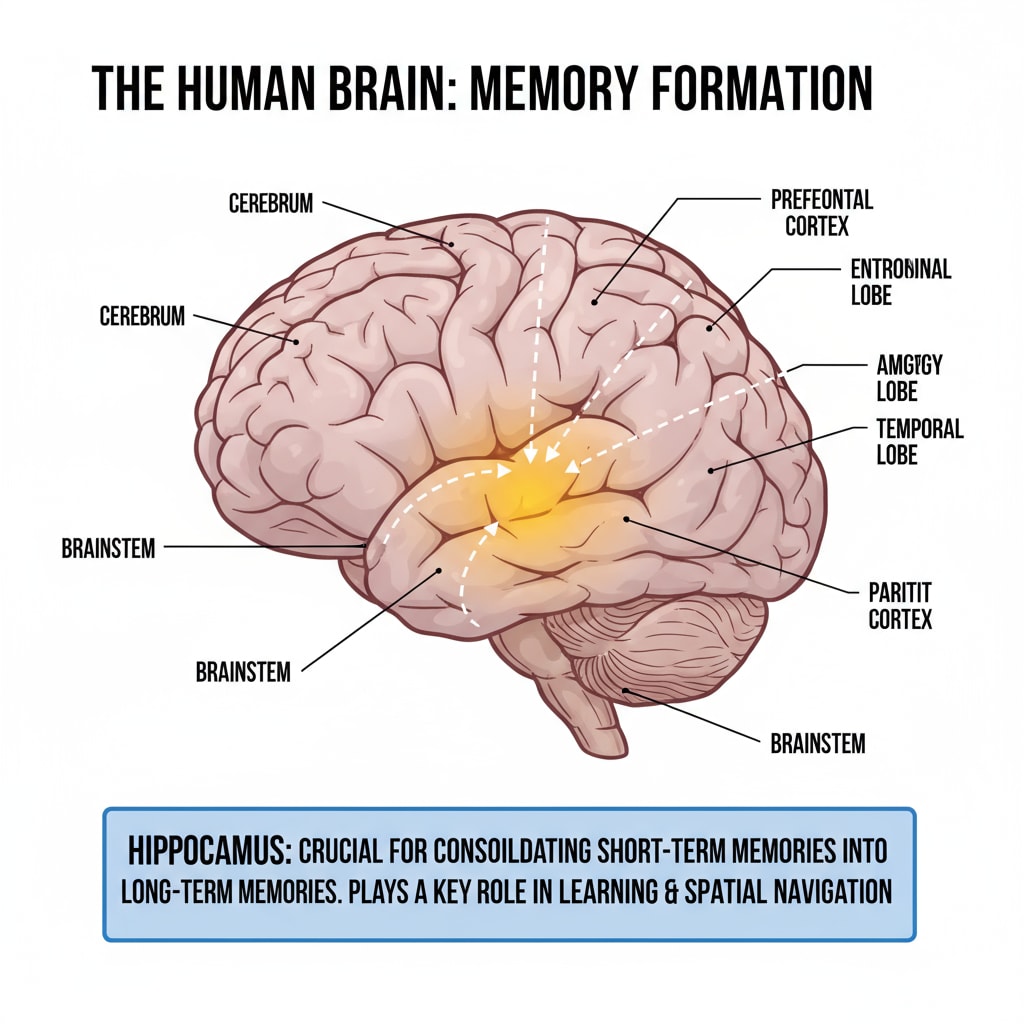Photographic memory, memory enhancement, and memory development are fascinating topics, especially when considering the K12 education phase. Many parents and educators wonder if it’s possible to cultivate photographic memory in students. Let’s embark on a journey to explore this intriguing possibility.

The Concept of Photographic Memory
Photographic memory, also known as eidetic memory, refers to the ability to recall images, sounds, or objects with extremely high precision. People with this ability can seemingly “snap” a mental picture of a scene and retrieve it later. However, it’s important to note that true photographic memory is quite rare. According to Wikipedia’s entry on eidetic memory, only a small percentage of children possess this trait, and it often fades as they grow older.
The Physiological Basis of Memory Development
Memory development is closely linked to the brain’s structure and function. The hippocampus, a region deep within the brain, plays a crucial role in the formation and retrieval of memories. As children grow and develop during the K12 years, their brains are constantly changing. Neurons form new connections, and synapses strengthen. Understanding this physiological process is key to promoting memory development. For example, Britannica’s article on memory psychology explains how experiences are encoded into memories and stored in different parts of the brain.

Cultivation Methods for Memory Enhancement
Although true photographic memory might be difficult to achieve, there are many ways to enhance memory in K12 students. One effective method is through repetition and rehearsal. By going over information multiple times, students can move it from short-term to long-term memory. Another approach is to use mnemonic devices, such as acronyms or visual associations. These techniques can make information more memorable and easier to recall. In addition, a healthy lifestyle with proper sleep, nutrition, and exercise also contributes to better memory function.
Readability guidance: We’ve explored the concept of photographic memory, its physiological basis, and cultivation methods. By understanding these aspects, parents and educators can take steps to support memory development in K12 students. Using short paragraphs and simple language, we’ve made this complex topic more accessible.


